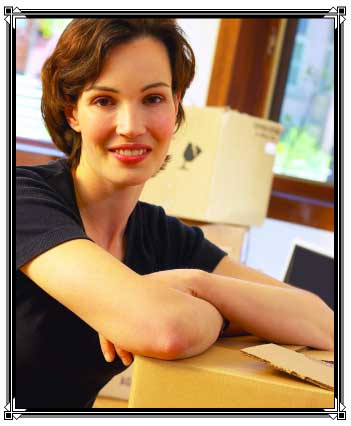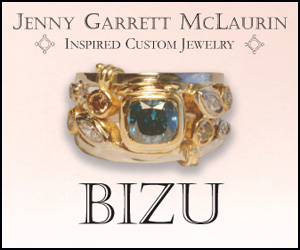To Preserve and Protect
Don't let your artifacts turn to junk.

People save stuff.
Letters from old friends, stacks of faded newspapers, crates of vinyl records (and that's just me).
Nearly everyone in the Triangle, except maybe the neat freak across the aisle, has her own little trove of treasures: family photographs, kindergarten art projects, Grandma's wedding dress, that lifelong collection of chewing-gum wrappers.
We save things because they have value to us, whether it’s sentimental, financial or historical, and we want them to last so that others can appreciate them, too.
But the sad truth is that for all our good intentions, most of us don't do a very good job of preserving our cherished artifacts.
"I thought I was doing a good job because I had them organized in a box," says Louisa Jaggar, a writer from Maryland. "We, the public, have no idea."
Jaggar learned how little she knew about taking care of her prized possessions when her basement flooded and all her carefully organized cardboard boxes of memories dissolved in the water, ruining many of her family keepsakes.
A friend, Don Williams (conveniently senior conservator at the Smithsonian) loaned her a few books to teach her how to preserve what the flood had spared, but they were all so technical that Jaggar gave them back and asked Williams to collaborate with her on a how-to book for lay people.
"Saving Stuff: How to Care for and Preserve Your Collectibles, Heirlooms, and Other Prized Possessions" was the result.
The book is benefiting from the popularity of programs such as "Antiques Roadshow" on PBS, which has made ordinary people even more aware of older, possibly valuable things they and their families have held onto for years.
" 'Antiques Roadshow' has opened up the world of antiques to people who have never really thought about them," Jaggar says.
"What it has done beautifully is generate a really strong interest in antiques and their stories and where things have been."
The book offers advice on a broad range of items, from photographs to baseball cards, children's toys to textiles, fine art to vintage clothing.
"A lot of it's common sense mixed with science," Jaggar says.
And it makes an important point that every saver should keep in mind: No one can keep every single thing that enters her home or crosses her desk.
One of the keys to saving your stuff is knowing what can damage it. The seven major causes of deterioration are:
• Light
Will fade everything from photographs to paintings to textiles. And not just sunlight. Fluorescent light can be harmful, too.
A sample tip: Simply switching to lower-watt bulbs can reduce the amount of light damage.
• Moisture
Will dissolve, stain, mildew or mold your treasures.
A sample tip: Plastic tubs with a tight seal can keep many artifacts safe from water.
• Temperature
Extremes, whether too hot or too cold, can make many items brittle. Heat can also help mold grow.
A sample tip: Many museums keep their thermostats set at 70 degrees, a middle range that helps preserve stuff.
• Contamination
Air pollution and tobacco smoke are very harmful contaminants.
A sample tip: Oily polishes are bad news for your furniture. Stick with a good wax instead.
• Biological attack
Insects and rodents are notoriously dangerous to old keepsakes.
A simple tip: Keep your home maintained well enough that bugs and critters can't get in.
• Use and handling
Your own bare hands, which are full of oils and acids, can be harmful to delicate papers, fabrics, even metals and ceramics. Poor storage can also leave objects vulnerable to breakage.
A sample tip: Wear cotton gloves when handling delicate items, such as antique books.
• Natural disasters
Earthquakes, landslides and El Niño downpours are among the events that can suddenly harm our prized possessions.
A sample tip: Proper storage can help your stuff weather disasters.


